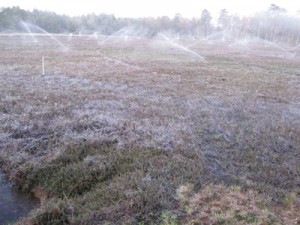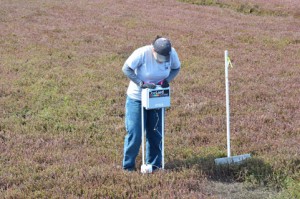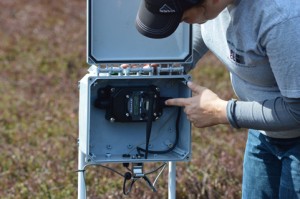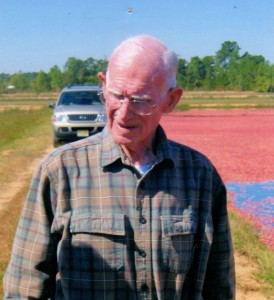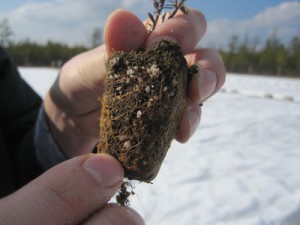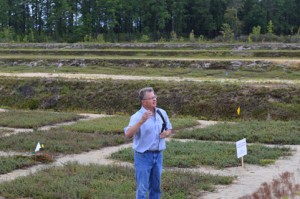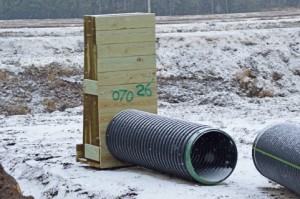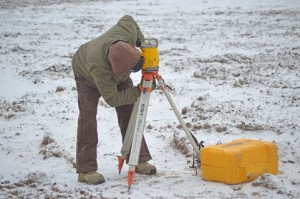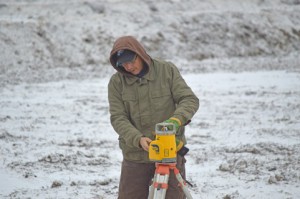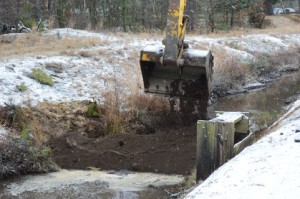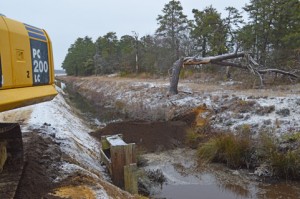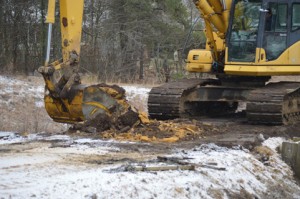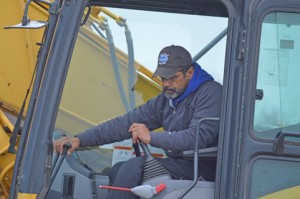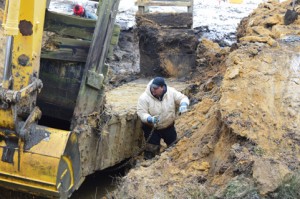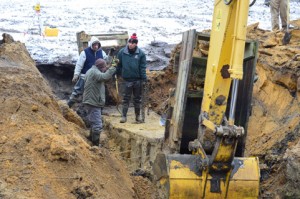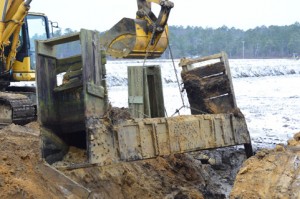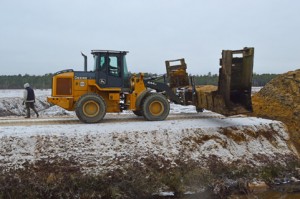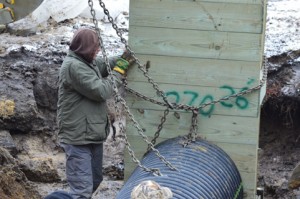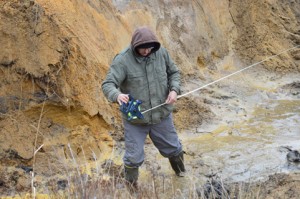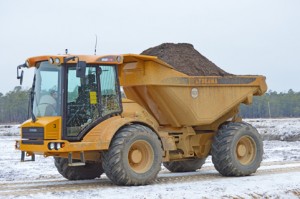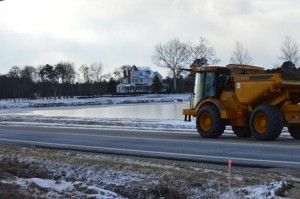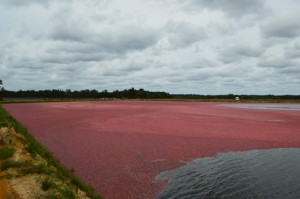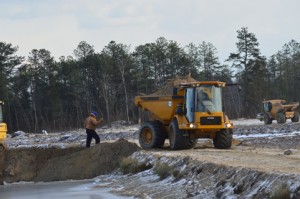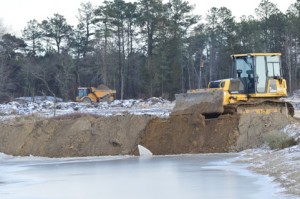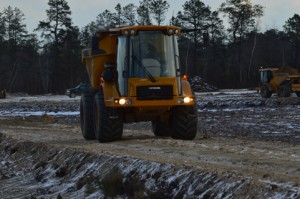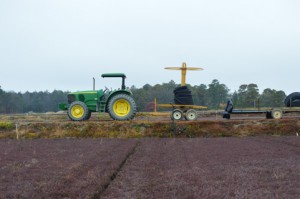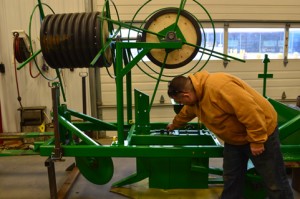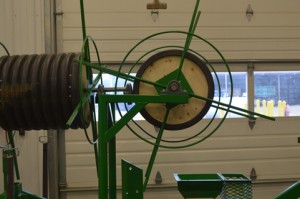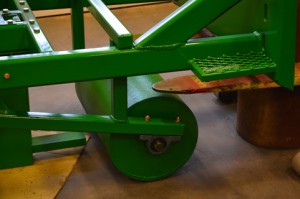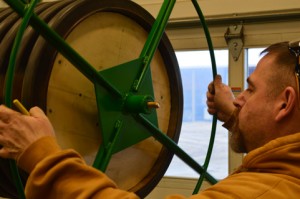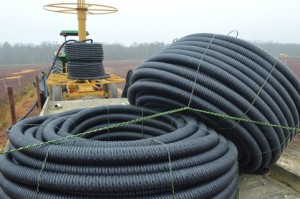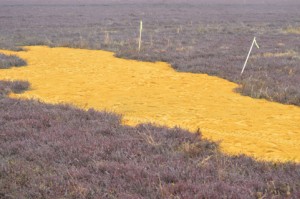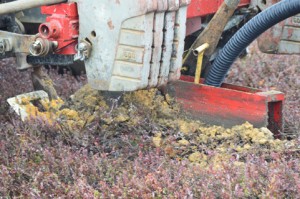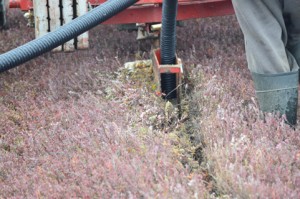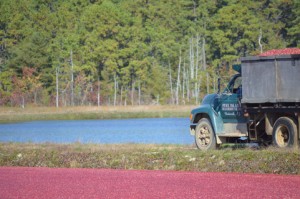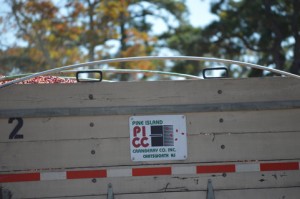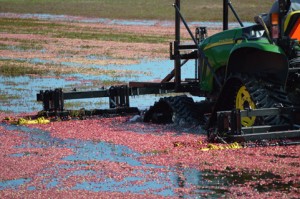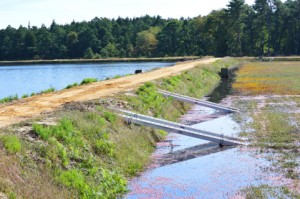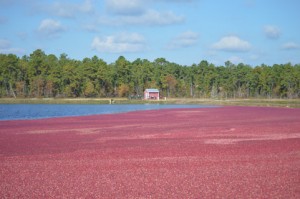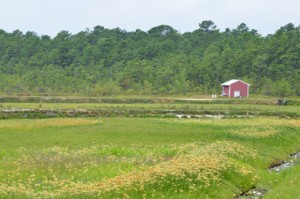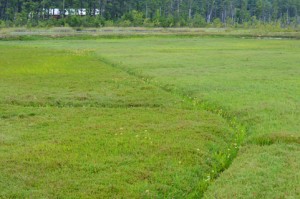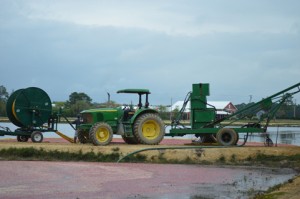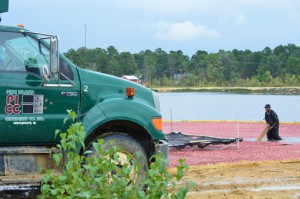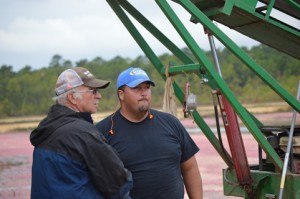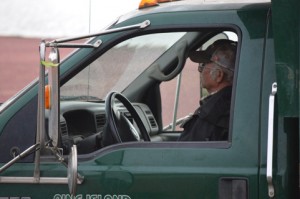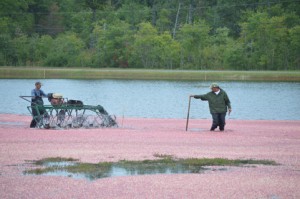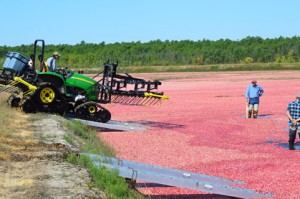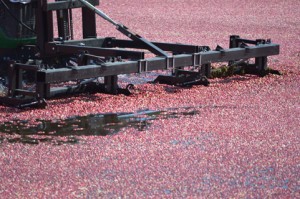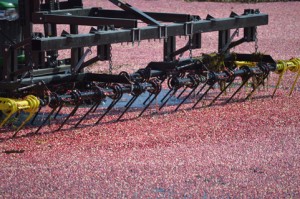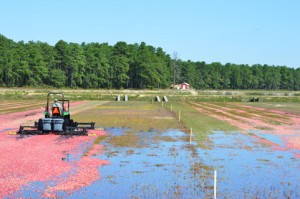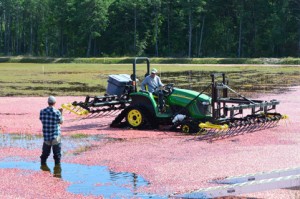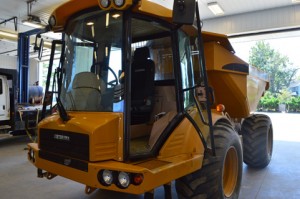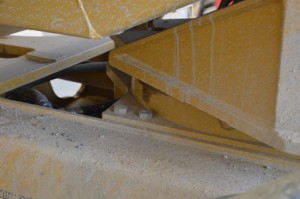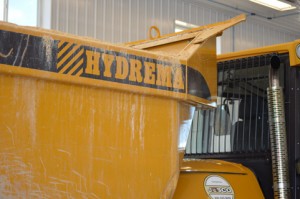Not too long after the website launched, we talked about one of the toughest tasks on the place: monitoring frost conditions. As we explained back then, one of the toughest things cranberry growers do is managing springtime frost conditions. In the spring, there is a danger to the crop when the temperature drops. Typically, a cranberry bog is built at a lower level than the land immediately surrounding it and the bog temperature can drop ten to fifteen degrees lower than the uplands. These conditions make monitoring bog temperature a top priority once the winter water comes off. It’s no exaggeration to say there would be no crop if we didn’t watch for frost on the bogs.
It’s demanding work that takes a lot out of our frost crew every year, so we’re always trying to find ways to improve the process. This year, we are launching phase one of an automation process that will hopefully increase efficiency and reduce strain on our team! COO Bryan vonHahmann explains: “We all sat down and looked at some of the things we’d done in the past with weather stations and the like. After discussing the successes and failures, we knew what we did and didn’t want. We spent time talking to producers and basically entertained two options: design and build a system ourselves, or go with an outside firm.” Eventually, the team settled on an outside firm and hired Joe Lord, from Wisconsin. Joe and his team built a lot of the equipment and staged it for us, then hauled it from Wisconsin and have been here deploying for the past week. “We’re going to have seven pumps automated, then based on the success of those, we’ll add another thirty every year for the next three years,” Bryan says. “We currently have forty probes scheduled for thermometers and tensiometers, and will be deploying all probes tomorrow. The pumps are online, we have permits for two 100-foot towers to boost communications, and the team will have the ability to check remotely via iPad.”
The rest of the team can’t wait to see the results. “Automated thermometers for frost is going to be exciting for us,” says PIICM Manager Cristina Tassone. “Each year we put out around seventy or more orchard thermometers around the farm for the guys to get out of their trucks and check while they are monitoring temperatures for frost. Having the automation will help us save them from always having to do that, and it will also cut down on actual time having to monitor the thermometers. A couple guys won’t need to come out early to check temperatures; Gerardo can watch the computer screen and when an area gets close to his ‘go’ temp, he can send his crew out.” Automated tensiometers are also going to save a lot of time for travel and labor. “We install about twenty-five tensiometers each year around the farm. It takes one person the whole morning to travel to each tensiometer and record the readings, then they report the readings to the managers who need to use the data to make water management decisions. Having the automated sensors will help enormously, and will allow us to make better decisions in a timely manner.” The team will still check the tensiometers physically every couple weeks for maintenance, however.
By all accounts, Joe Lord and his crew have been phenomenal to work with, highly attentive to our needs and working round the clock to help make this as efficient as possible for us. Facilities Supervisor Mike Guest is more than willing to meet them halfway: “Anything they need, I’m here to support them. If there are parts they need, it’s better for them if we run to get them, especially with them being so far from home. They’re great guys. I knew just from talking to them on the phone that they’d be great to work with.”

